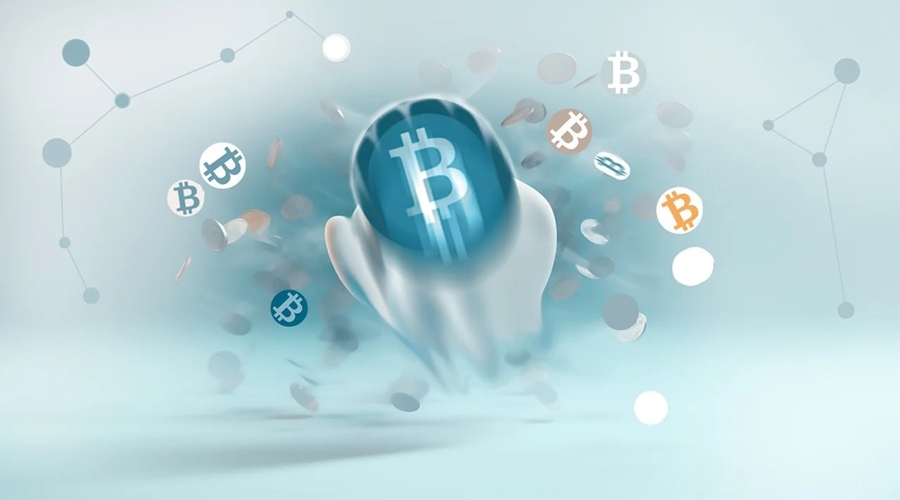Every four years, the Bitcoin halving occurs, meaning that the amount of new coins issued through mining rewards is cut in half. When Bitcoin first launched, mining rewards were 50 BTC. Currently, that figure is 6.25 BTC, and after the next halving, it will be reduced to 3.125 BTC.
The halving occurs every 210,000 blocks rather than on pre-specified dates, but this corresponds to a roughly four-year cycle, which means that the next reduction in issuance should reach us this April. Notably, a glance at BTC’s price action since inception reveals a repeating pattern of vertical gains, deep corrections, and drawn-out recoveries, and this sequence appears to correspond closely with the halvings, leading among bitcoin traders to an entrenched belief in halving-driven movements.
However, as Bitcoin has matured and grown in market capitalization, and with the introduction now of spot Bitcoin ETFs in the United States, some are questioning whether the halving event is still relevant, while you can also find a few voices asserting that the halving was in fact never as important as assumed, arguing instead that other, less obvious factors have fueled price movements up to now.
#Bitcoin ETFs were (finally) just approved for trading tomorrow, after ten years. Maybe the politics in Congress around cryptocurrency will get better once they realize it’s backstopping pension funds and retirement accounts.
— Edward Snowden (@Snowden) January 10, 2024
The Case Against Halving Importance
As described, the halvings cut miner rewards in half, but there is an argument that this had more impact when most of the final supply had not yet been issued. However, as of right now, around 93.5% of Bitcoin
























